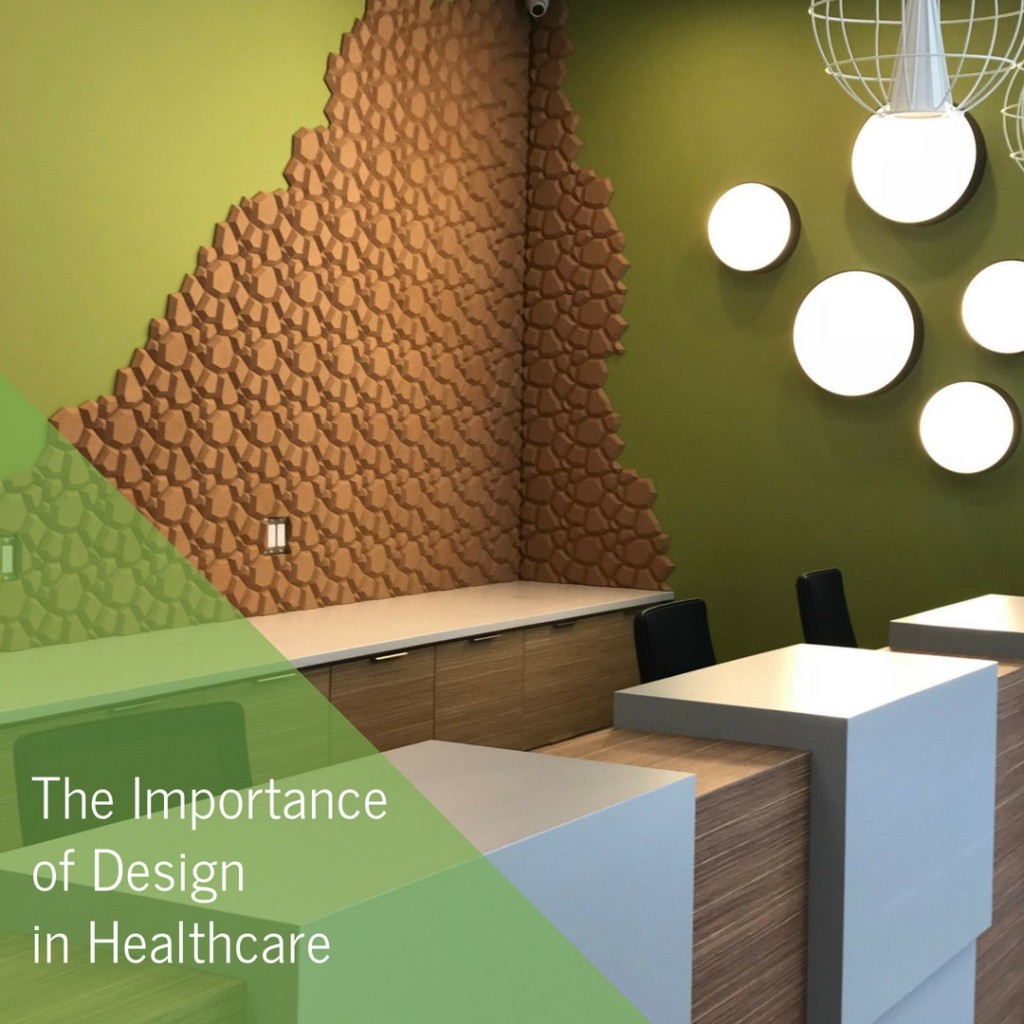“Form follows function”. Just as the architect Louis Sullivan declared, so modern designers should always consider the intended use of the space before beginning the design process. When considering the design of healthcare facilities, three important areas stand out.
First Impressions
The future of a healthcare practice relies on making a good impression on the patients and staff that come in and out of the practice. All areas from the waiting room to the patient rooms should be clean, sterile, and convey efficiency. Using products with clean lines and inviting colors will create the impression of cleanliness and order.
Mood Boosting
In general, healthcare facilities are not places people are excited to visit. Often patrons are nervous or not feeling well and the design should attempt to alleviate and soothe anxiety. Soft colors, simple patterns and ideal lighting can create a calming space. Good acoustics are important as well to dampen sound and reverberation. A calming, comfortable environment can even statistically lower blood pressure and mental well-being.
Safety
From mobility plans to ventilation, safety and wellness obviously at the top of the list of things to consider in healthcare design. Hospitals and health offices can often be very busy, filled with people rushing from room to room. Clear signage and color-coded areas are two ways to improve wayfinding. One of the most important considerations is to inhibit the spread of disease. Designers can assist in this goal by specifying materials that are easy to clean, hold up to high traffic, and optimally even provide natural anti-microbial surfacing such as our cork wall tiles.

